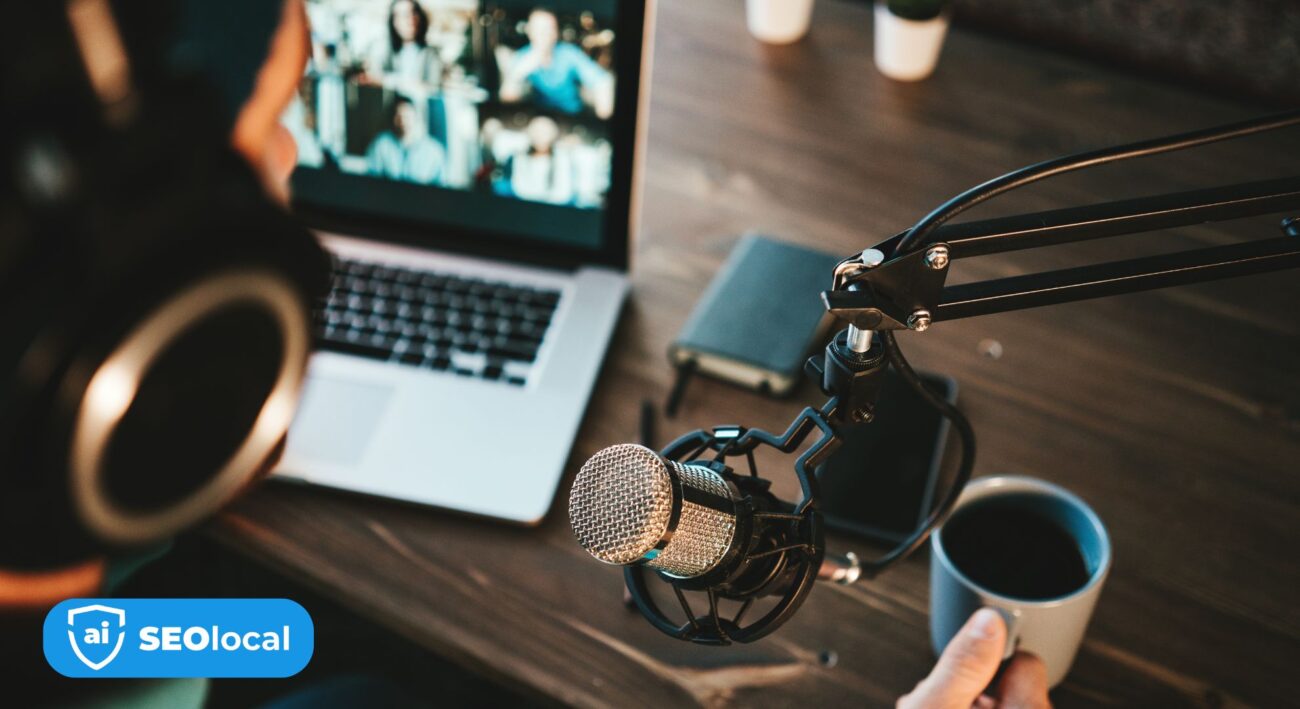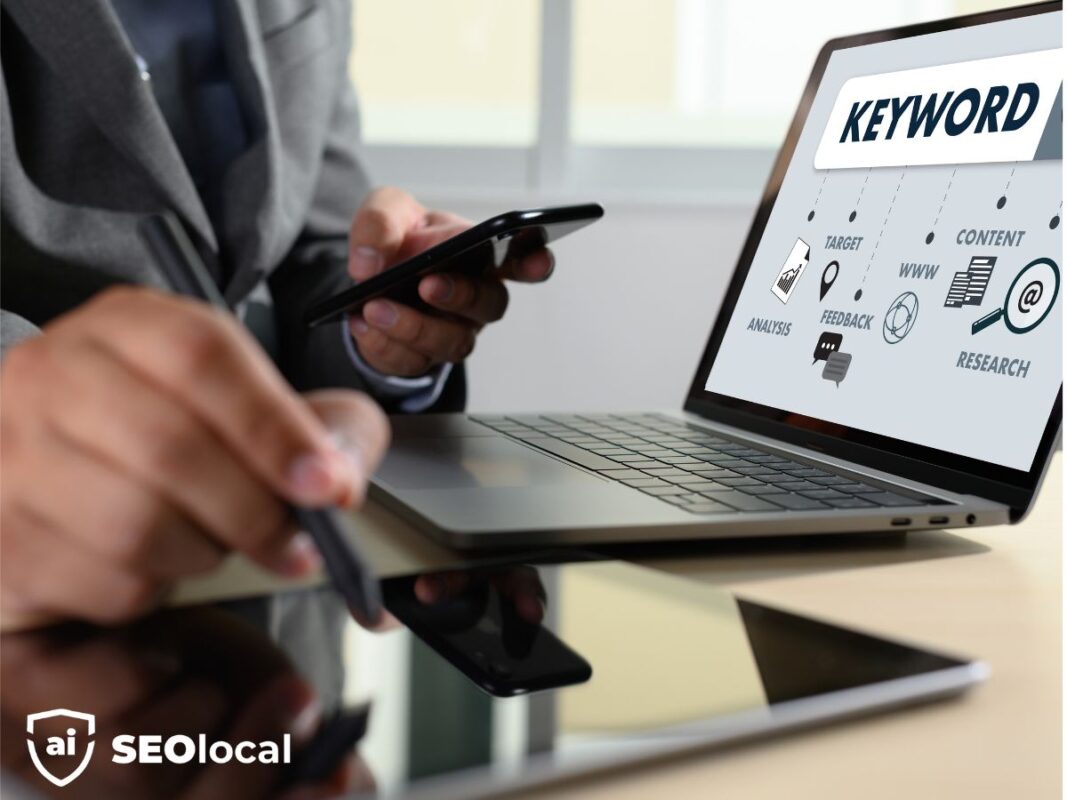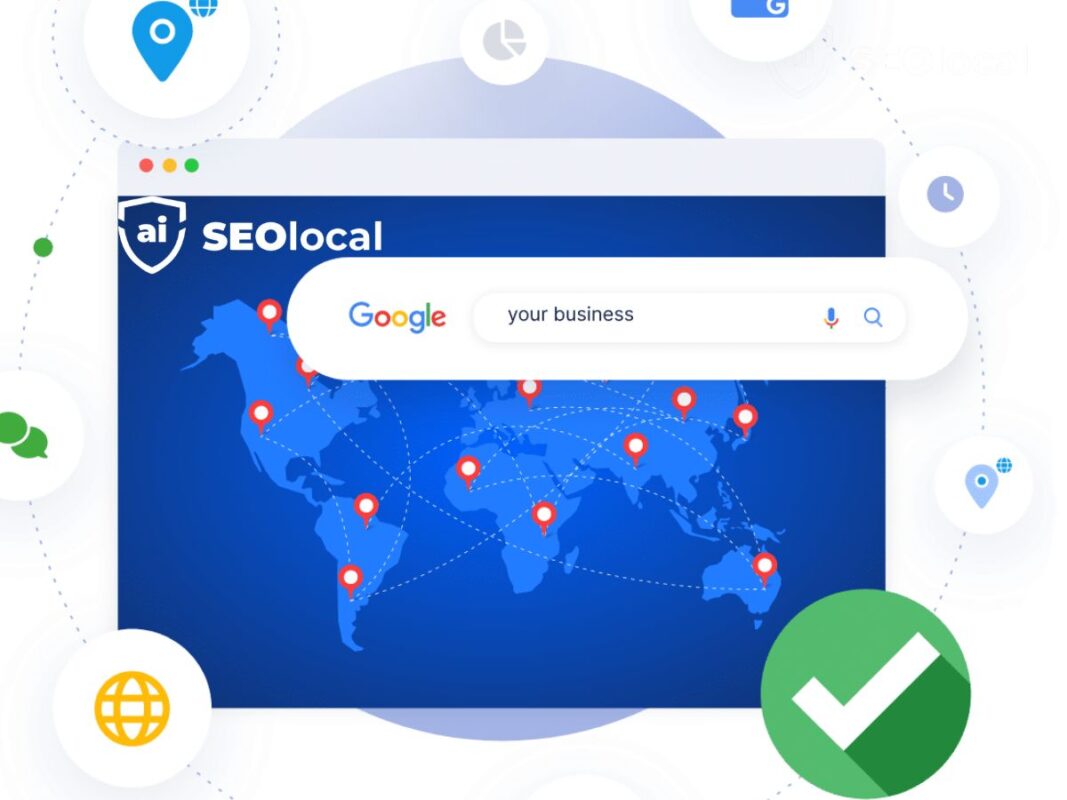- Advanced Local SEO Strategies
- Fundamentals of Local SEO
- Google Business Profile (GBP) Optimization
- Local Keywords and Content Strategy
- Local Link Building
- Local Paid Advertising
- Local Search Ranking Factors
- Local SEO Best Practices
- Local SEO Tools and Analytics
- Local Social Media Marketing
- Online Reviews and Reputation Management
- Technical SEO for Local Businesses
How to Build Hyperlocal Content Clusters That Rank and Convert

Did you know 1 in 3 mobile searches now includes phrases like “open now” or “closest to me”? This explosion of location-based queries reshapes how businesses connect with nearby customers. People aren’t just looking for general solutions—they want answers tailored to their exact streets, neighborhoods, and ZIP codes.
Traditional marketing methods struggle to capture this demand. Modern consumers expect search engines to understand their immediate surroundings—whether they’re hunting for a coffee shop two blocks away or comparing hardware stores within walking distance. This shift creates opportunities for businesses ready to adapt.
The key lies in organizing information around precise geographic areas while maintaining relevance to user intent. By aligning your online presence with these patterns, you position your brand as the obvious choice for nearby searchers. This approach doesn’t just improve visibility—it builds trust through localized expertise.
Key Takeaways
- Location-based searches grew 130% year-over-year as mobile usage surged
- Modern algorithms prioritize content matching users’ physical proximity
- Geographically focused material outperforms generic SEO tactics
- Successful campaigns combine neighborhood insights with search behavior data
- Topical authority strengthens when content addresses hyper-specific needs
Introduction
Why do neighborhood bakeries outrank city-wide chains when someone searches for “fresh croissants near me”? The answer lies in how search algorithms now prioritize relevance at a micro-level. Modern users expect answers tied to their exact location, not broad regional suggestions.

Defining Hyperlocal Content Clusters
This approach groups related material around specific geographic zones. Think of it as creating a digital map where each piece connects to nearby landmarks or community needs. A coffee shop might create guides about nearby parking, morning foot traffic patterns, and popular local events.
HubSpot’s 2017 campaign using similar methods boosted traffic by 107%. Their success came from addressing both location-based questions and deeper needs of people in targeted areas. Google’s 2024 update rewards this depth, favoring resources that solve real problems over generic lists.
The Role of Local SEO in Today’s Digital Landscape
Local search optimization now requires demonstrating expertise within tight physical boundaries. Algorithms assess whether your material shows genuine knowledge of street-level details. Mobile users particularly value this precision—79% check multiple results before choosing a nearby business.
Effective campaigns blend location data with behavioral insights. For example, a hardware store could create material comparing product availability across nearby ZIP codes. This method builds trust while answering practical questions shoppers ask during decision-making.
Understanding Hyperlocal Marketing Tactics
Over 20% of mobile queries now come through voice search, with location-based requests growing faster than ever. This shift demands new ways to reach audiences where they stand—literally.

What Is Hyperlocal Marketing?
This method focuses on connecting with customers in exact locations—like specific streets or neighborhoods. Instead of targeting entire cities, it zeroes in on mobile users searching for nearby solutions. For example, a pizza shop could target hungry customers within a 5-block radius during lunch hours.
Google data shows location-based searches without “near me” grew 150% faster than those using the phrase. Modern tools use real-time data to show your business when someone needs it most, even if their query doesn’t mention proximity.
How It Shapes “Near Me” Searches
When you type “coffee shop” into your phone, search engines now consider your exact location first. This automatic filtering means businesses must optimize for both stated and implied location needs.
| Factor | Traditional Marketing | Hyperlocal Approach |
|---|---|---|
| Focus Area | Entire city/region | Specific streets/blocks |
| Targeting Method | Manual location input | Real-time user data |
| Search Intent | General needs | Immediate requirements |
| Conversion Rate | 2-3% average | 8-12% observed |
People make faster decisions when results match their surroundings. A study found 63% of users choose businesses appearing in localized search results. By addressing neighborhood-specific needs—like parking tips or seasonal events—you become their obvious choice.
Hyperlocal content clustering strategies
Search engines now prioritize answers that reflect your neighborhood’s unique characteristics. To stand out, your material must connect street-level details with broader community needs.
Core Elements of Geographic Groupings
Start with cornerstone material addressing primary local interests. A bike shop might create a guide about trail maintenance in nearby parks. Supporting pages could explore rental options for specific routes or repair services for common terrain issues.
Effective groupings share three traits:
- Clear connections between location-specific questions
- Natural language matching how locals describe their area
- Internal links guiding users to related neighborhood insights
Matching Themes to Location Signals
Google’s 2013 algorithm shift changed how systems process queries. Instead of isolated terms, they analyze phrases like “best rainy-day activities near Lincoln Park.” Optimize for these natural speech patterns.
| Factor | Traditional Clusters | Location-Focused Groups |
|---|---|---|
| Focus | Broad keywords | Neighborhood phrases |
| Structure | Isolated pages | Interconnected guides |
| Optimization | Exact-match terms | Conversational queries |
| Authority | Domain strength | Street-level expertise |
Track seasonal changes in local searches. A garden center might highlight spring planting guides when residents start yard projects. Update material quarterly using tools like Google Trends to maintain relevance.
Building and Organizing Your Content Clusters
Effective neighborhood targeting starts with a blueprint that connects community needs to search patterns. Begin by identifying your core themes through local search data and audience questions. Tools like Google Search Console reveal what nearby users actually type when seeking solutions.
Mapping Out Your Core Topics and Subtopics
Your main pillar material acts as the foundation. A plumbing company might create a comprehensive guide to local water quality issues. Supporting pages then dive into specific aspects like pipe maintenance for historic homes or seasonal drainage tips.
Follow these steps to structure your material:
- Analyze ZIP code-specific search trends
- Group related queries under broader themes
- Create visual maps showing topic relationships
- Develop subtopics addressing different user intentions
Internal Linking for Enhanced User Experience
Strategic connections between pages keep visitors engaged while signaling relevance to search engines. Link your main guide to neighborhood-specific case studies using natural anchor text like “storm preparation tips for coastal areas.”
| Traditional Linking | Cluster-Based Approach |
|---|---|
| Random page connections | Thematic relationship building |
| Generic anchor text | Location-specific context clues |
| Isolated content islands | Interconnected resource networks |
Prioritize links that help users make decisions. A restaurant’s menu page could connect to parking guides and event calendars for nearby venues. This method reduces bounce rates while establishing topical authority.
Leveraging SEO Trends and Data Insights
Machine learning now powers 90% of Google’s search results, reshaping how you approach neighborhood-focused material. This shift demands smarter analysis of how people search within specific areas.

Merge Search Patterns With AI Capabilities
Google’s RankBrain learns from user behavior to connect related phrases. If someone searches “best playgrounds near Maple Street,” the algorithm recognizes connections to terms like “family-friendly parks” or “safe play areas.” Tools like AnswerThePublic help identify these semantic relationships.
Three steps to capitalize on this:
- Analyze voice search queries (20%+ of mobile searches) for natural language patterns
- Group location-specific phrases by intent using machine learning tools
- Create resources addressing implied needs behind explicit queries
Optimize Through Continuous Feedback
Local search success requires constant adjustment. Track these metrics weekly:
| Data Source | Key Insight | Action |
|---|---|---|
| Search Console | Top neighborhood queries | Expand high-potential topics |
| Analytics | Page engagement rates | Improve weak performers |
| Competitor Data | Gaps in local coverage | Create missing resources |
Seasonal shifts matter too. A hardware store might notice increased “holiday light installation” searches every November. Schedule related guides 6 weeks before peak demand.
By aligning your efforts with these signals, you create resources that answer what neighbors need before they ask. This proactive approach builds authority while staying ahead of algorithm changes.
Integrating Digital and Social Marketing Approaches
Businesses that align paid ads with neighborhood-specific guides see 3x higher engagement. This synergy turns casual browsers into local customers by connecting ads to detailed community resources. Let’s explore how to merge these efforts effectively.
Smart Campaign Alignment
Use insights from your local guides to choose paid search keywords. If your neighborhood guides mention “historic home repairs,” bid on related terms in Google Ads. This creates consistency between what users search for and what they find.
Turn pillar pages into high-converting landing pages. A detailed guide about “summer festivals in downtown” works better than generic service pages. Visitors get comprehensive answers, improving ad quality scores by 15-20%.
| Traditional Approach | Integrated Method |
|---|---|
| Generic ad copy | Location-specific references |
| Separate SEO/PPC teams | Shared content strategy |
| Static landing pages | Updated local guides |
Coordinate social posts with paid campaign launches. Share snippets from your local guides when promoting related ads. For example, post parking tips before targeting “weekend event” keywords near busy venues.
Track which topics drive conversions across channels. A restaurant might discover Instagram posts about patio seating boost bookings more than email blasts. Adjust your strategy every quarter using these insights.
Contact SEO Local
Reaching the right audience starts with expert guidance. Our team helps businesses connect with nearby customers through precise optimization techniques.
Business Information
SEO Local specializes in neighborhood-focused digital solutions. We analyze your web presence to identify improvement opportunities that attract local visitors.
Our approach combines location data with real-world insights. This helps answer common questions your potential customers ask during decision-making.
Reach Out Today
Call 858-201-7994 or email que@seolocal.it.com for tailored advice. We create plans addressing your unique challenges while aligning with search trends.
Discuss how to strengthen your neighborhood visibility. Our consultations cover everything from initial research to ongoing performance tracking.
FAQ
How does local SEO improve my website’s visibility?
Local SEO optimizes your site for location-based searches, helping search engines connect your business to nearby users. By targeting area-specific keywords and creating geographically relevant pages, you’ll rank higher in “near me” results and attract qualified traffic.
What tools help with keyword research for local searches?
Google Keyword Planner, SEMrush, and AnswerThePublic identify high-intent local phrases. Combine these with machine learning tools like MarketMuse to analyze search trends and prioritize terms your audience actually uses.
Why is internal linking important for user experience?
Strategic internal links guide visitors to related topics, keep them engaged longer, and signal to search engines which pages are most valuable. This strengthens your site’s authority and improves crawl efficiency for better rankings.
Can paid search ads boost my local content strategy?
Yes. Paid ads target users searching for specific services in your area, driving immediate traffic. Pair them with optimized landing pages from your clusters to capture leads and reinforce organic rankings over time.
How do I track the success of my local SEO efforts?
Monitor metrics like organic traffic growth, keyword rankings for location-based terms, and conversion rates from local pages. Tools like Google Analytics and BrightLocal provide detailed insights into user behavior and campaign performance.
Should I create separate pages for different service areas?
If you serve multiple neighborhoods or cities, dedicated pages for each location help you rank for hyper-specific queries. Focus on unique details like local landmarks, events, or testimonials to avoid duplicate content issues.
What’s the best way to structure a pillar page?
A pillar page should comprehensively cover a core topic (e.g., “San Diego Roofing Services”) and link to subtopic pages (“Metal Roof Installation in La Jolla”). Use clear headings, FAQs, and visuals to make it a go-to resource for both users and search engines.
How often should I update my local content?
Refresh pages every 3–6 months with new data, images, or customer reviews. Regular updates signal freshness to algorithms and ensure your information stays accurate for visitors searching for real-time solutions.







